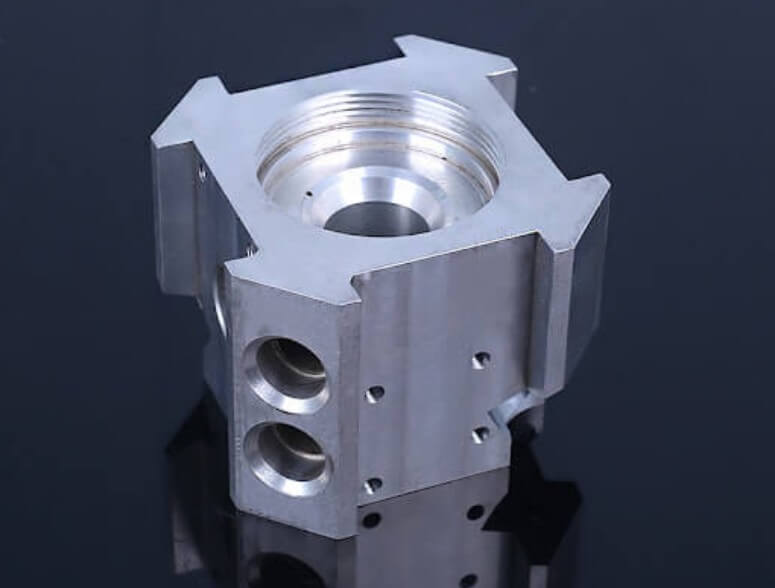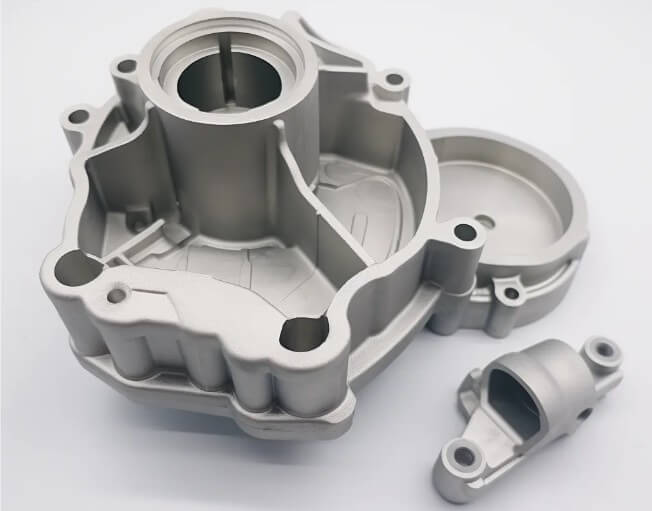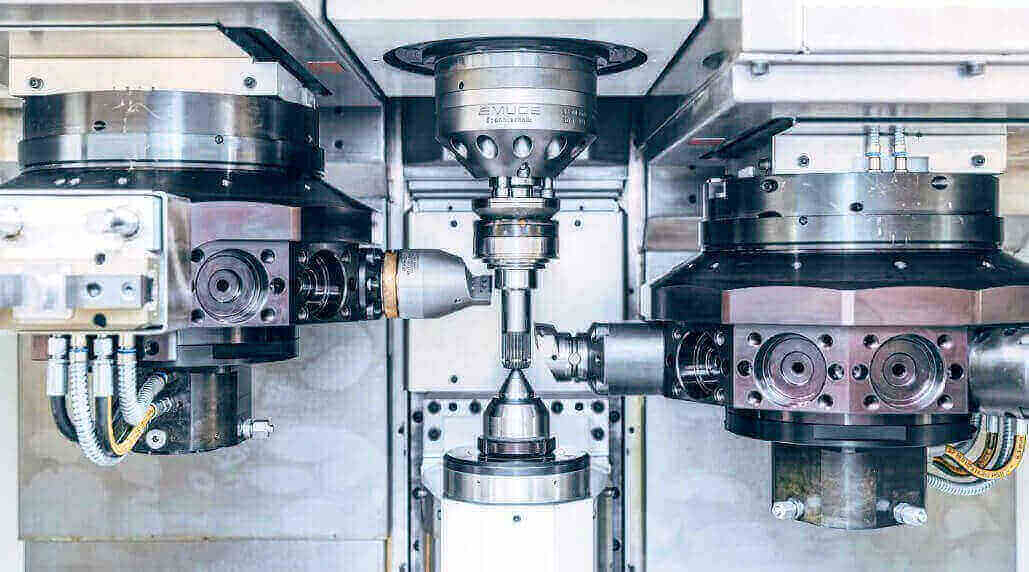Metal Parts Manufacturing | Process | Materials | Cost | Delivery
Metal parts manufacturing is a crucial aspect of various industries, including automotive, aerospace, and construction. The production of metal parts involves a complex process that requires precision and expertise. In this article, we will explore the different types of processes involved in metal parts manufacturing and the materials commonly used.
Table of Contents
1.Different Types of Processes for Metal Parts Manufacturing
There are several processes involved in metal parts manufacturing, each with its own advantages and applications. One of the most common processes is casting, which involves pouring molten metal into a mold and allowing it to solidify. Casting is suitable for producing complex shapes and is often used for large-scale production.
Another widely used process is machining, which involves removing material from a metal workpiece using cutting tools. Machining allows for high precision and is suitable for producing parts with tight tolerances. It is commonly used for prototyping and small-scale production.

Forming is another important process in metal part manufacturing. It involves shaping metal by applying force, such as bending, stamping, or rolling. Forming is suitable for producing parts with specific shapes and is often used in the automotive and appliance industries.
Welding is a process that uses heat or pressure to join two or more metal parts together. It is commonly used in the construction and automotive industries in order to create strong and durable structures. At the same time, welding can also be done using a variety of techniques, such as arc welding, resistance welding, and laser welding.
2.Common Materials for Metal Parts Manufacturing
The choice of materials in metal parts manufacturing depends on various factors, including the intended application, desired properties, and cost. Some of the commonly used materials include steel, aluminum, and titanium.
Steel is a versatile material that is widely used in metal parts manufacturing. It offers excellent strength, durability, and machinability. Steel is commonly used in automotive components, machinery, and construction applications.
Aluminum is another popular choice for metal parts manufacturing. It is lightweight, corrosion-resistant, and has good thermal conductivity. Aluminum is commonly used in aerospace, automotive, and electronics industries.
Titanium is a lightweight and high-strength material that is often used in applications that require both strength and corrosion resistance. It is commonly used in aerospace, medical, and chemical industries.
In addition to these materials, there are also various alloys used in metal parts manufacturing. Alloys are created by combining two or more metals to enhance specific properties. For example, stainless steel is an alloy that offers excellent corrosion resistance, making it suitable for applications in harsh environments.

3.How to Reduce Manufacturing Costs?
The most effective way to reduce the cost of metal part manufacturing is to address design, process, and production management.
The design stage is crucial. Overly complex designs, such as those with many deep cavities, sharp corners, and difficult-to-machine surfaces, will increase machining time, accelerate tool wear, and ultimately drive up costs. Therefore, design should adhere to the principle of “easy machining,” minimizing unnecessary features and ensuring tolerances are not tighter than necessary.
Process selection is also crucial. For example, parts produced in large quantities can be cast or stamped first, then CNC machined to remove excess stock. This saves time and reduces costs. For small batches or customized products, direct CNC machining is more appropriate because it eliminates the expense of mold making.
Material selection also affects cost. For example, using 6061 aluminum alloy instead of stainless steel for the same part is not only cheaper but also easier to machine, naturally reducing costs.
Another factor is the impact of batch size. Large batch sizes can spread out upfront costs like programming, setup, and tooling, significantly reducing the cost per piece. We typically redesign the part structure to reduce the number of processing steps, ultimately reducing processing time by 20% and lowering total costs by over 15%. This optimization effect is significant. Of course, if you already have complete processing drawings, we will strictly adhere to the dimensions and accuracy indicated on the drawings.
4.Factors Affecting Manufacturing Lead Time and Cost
Part lead time and cost are determined by many factors.
The most direct factor is the complexity of the part itself. The more complex the part, the more processing steps are required, and the more time is required for programming, machine setup, and testing.
Batch size is also a key factor. Large batch sizes can improve efficiency through streamlined production and spread upfront costs. However, single or small batches often have higher unit prices due to high initial preparation costs.
Different processes can also lead to differences. For example, while casting requires mold making and commissioning, it is suitable for large-scale production. Once volume increases, unit costs are relatively low. CNC machining requires minimal preparation time and is suitable for small batches and customization, but processing a single piece may take longer.

Material procurement cycles are also crucial. Special materials like titanium alloys and stainless steel can have longer supply cycles, which can also extend delivery times.
Post-processing steps, such as heat treatment, anodizing, and electroplating, also add time and cost.
For international orders, shipping time, export packaging, customs clearance, and tariffs must also be considered, all of which can directly impact delivery time and final price. Overall, shortening delivery times and reducing costs requires comprehensive optimization across design, processes, materials, and production planning.
Xavier’s Manufacturing Strength
As a professional metal parts manufacturing company, our greatest strength lies in providing clients with efficient, stable, and cost-effective solutions.
First, we collaborate closely with clients during the design phase to help optimize part structure, reduce unnecessary complex features and overly tight tolerances, and make parts easier to process, thereby reducing costs from the outset. Our engineering team is familiar with various design for manufacturability principles and can recommend appropriate processes based on part requirements. For example, for high-volume production, we utilize casting or stamping combined with CNC finishing, while for small-batch or customized parts, we utilize direct CNC machining. This reduces tooling costs while ensuring delivery time. You can visit our homepage to learn more about our projects.
We have extensive experience in material selection and recommend the most suitable material based on the part’s application, strength requirements, and budget. For example, while meeting performance requirements, we can replace some stainless steel with aluminum alloy, which offers better processing performance and a more reasonable price, helping customers reduce overall costs. Furthermore, we are equipped with advanced five-axis machining centers and three-dimensional coordinate measuring equipment, enabling high-precision machining and strict tolerance control to ensure that parts meet design requirements.
We understand the importance of delivery time for our customers. Therefore, in production management, we shorten lead times through standardized processes, optimized batch scheduling, and efficient production planning. Our comprehensive supply chain system enables rapid procurement of commonly used metal materials, reducing waiting times. For international orders, we also provide one-stop services from production to export shipping, ensuring on-time delivery and meeting customer requirements.
With these advantages, we can not only help customers reduce production costs, but also ensure product quality and delivery efficiency. Our goal is not only to complete orders, but also to create value for customers, so that customers can trust us with their metal product manufacturing and thus establish long-term and stable cooperative relationships.
Summary:
Metal parts manufacturing is a complex process that involves various techniques and materials. The choice of manufacturing process and material depends on the specific requirements of the application. Whether it is casting, machining, forming, or welding, each process has its own advantages and applications. Similarly, the choice of materials, such as steel, aluminum, or titanium, depends on factors like strength, durability, and cost. By understanding the different processes and materials involved in metal parts manufacturing, industries can produce high-quality and reliable metal parts for a wide range of applications.
